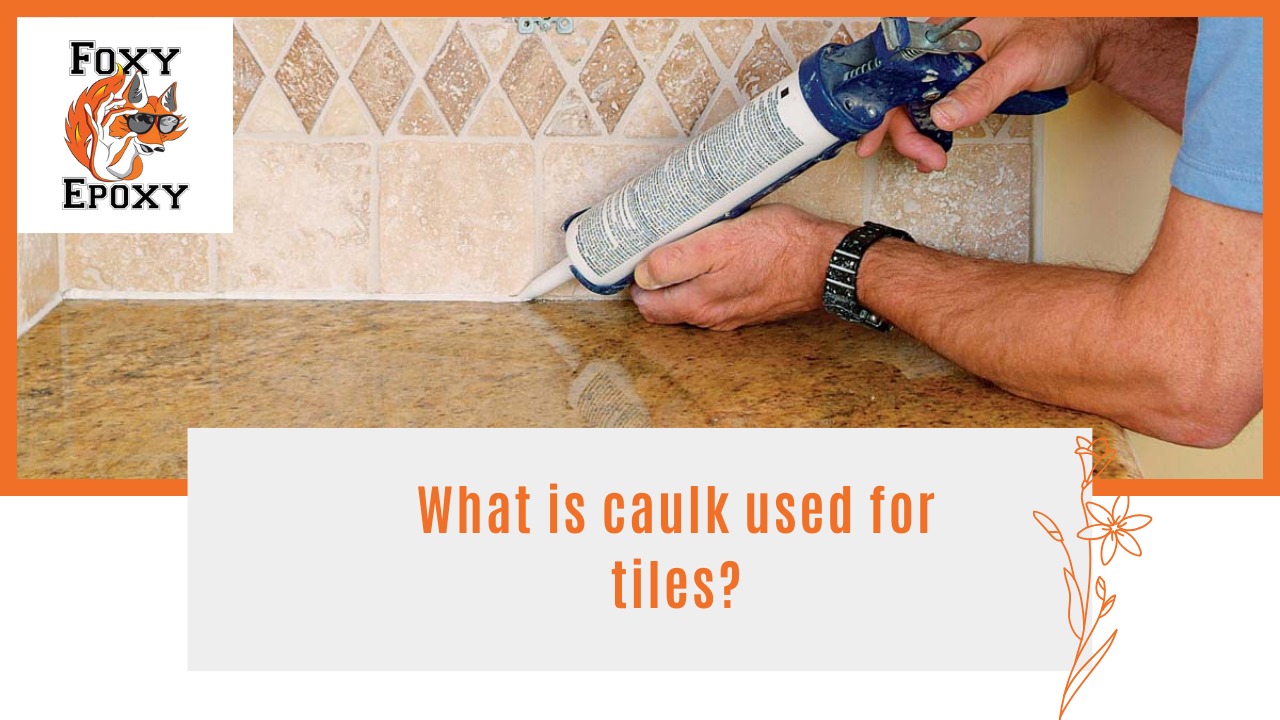
When it comes to any kind of tile work, such a question is often asked: What is caulk in tile work? Grout is used to fill spaces between tiles. However, tiling caulk is essential when sealing edges, corners, and transitions. Such spots must have additional protection that cannot be provided by grout.
In bathroom or kitchen tiling, and on floors, using tile caulk correctly is key. It helps to form an excellent waterproof barrier that can endure for years.
Tiling caulk is a flexible sealant. It fills gaps where tiles meet other surfaces or where two tiled areas connect. It differs from grout because it can flex a bit with movement. This makes it great for places that expand, contract, or face water exposure.
Common types include:
Grout hardens and works well between tiles on flat, stable surfaces. But in areas like corners, transitions, and expansion joints, grout may crack due to movement. That’s where caulk comes in.
Key areas that benefit from caulking ceramic tile:
One of the most common uses of caulk is sealing tile edges. When tile ends at a wall, tub, or door trim, it leaves an exposed gap. Caulking tile edges makes them look better and stops moisture from getting behind the tiles.
Using caulk edge of tile ensures a clean, professional finish and acts as a barrier against water damage.
This is a frequent question: Should I use grout or caulk shower corners?
The answer is to use caulk.
Using grout in shower corners isn't the best choice. The walls can shift a bit over time, especially in damp areas. This leads to cracks and mold buildup. Use a shower corner sealant or bathroom tile silicone sealant. This will provide long-lasting flexibility and water resistance.
For the best results, choose a tile caulk that matches your grout color and is mold-resistant.
Caulk takes care of the gaps where floor tile ends at baseboards, walls, or cabinets. Caulking of floor tiles or transitions stops the buildup of debris and moisture in the sags.
Pick a durable, paintable caulk for floor tiles. Ensure that it is able to accommodate expansion and contraction. This is important in large tiled halls or places with changing temperatures.
Bathrooms require products that are able to resist moisture at all times. You can easily use bathroom tile silicone sealant to seal corners, edges, and joints. Silicone is water-repellent, resists the growth of mold, and becomes flexible time.
In wet areas like showers and sinks, pick mildew-resistant bathroom silicone that sticks well.
If you're not sure which product to choose, a pro can help. They can ensure a smooth finish.
At Foxy Epoxy Orlando, we offer tile sealing, caulking, and epoxy floor services. This keeps your surfaces looking great and well-protected. Our team uses expert precision and premium materials for every project. Whether you're sealing a shower, updating a kitchen backsplash, or handling floor transitions, we’re ready to help.
During a remodel, tile layout and patterns can easily sweep one away. However, never forget that caulking ceramic tile isn't a less important job. Choose the appropriate caulk to use on floor tiles, showers, and walls. Such a decision is moisture-, crack, and aging-resistant.
Whether you’re updating a bathroom or installing a new floor, this guide will help. Manage to utilize a product in a proper location.
Joints and gaps which grout is not appropriate, tile corners, edges, and transitions are sealed using caulk. It blocks water, tolerates minor flexing and enhances the general finish.
Indoors, ensuring that corners of such things as shower stalls are caulked should always be the rule. Cracking may happen on the grout when there is movement. Silicone sealant that is used in showers corners remains flexible and watertight.
Apply silicone sealant tile used in bathrooms wet locations such as showers, tubs and sinks. It is mold-inhibitory, pliable and waterproof.
Yes, but be sure it is caulk or caulk labeled for floor tile. It must be rigid, strong and must have the capacity to support the feet and movement.
Not always. Silicone, Mono, or an acrylic, as well as a combination of the two are ceramic tile caulk. Silicone suits wet locations, and acrylic or hybrid caulks are suited to dry areas.
Clean up the area, cover off the joint, use a bead of tile caulk and smooth the caulk down. Wait till it gets dry, and then you expose it to moisture.
Yes, in the event that the grout is fissured or worn out. Clean and dry the clean-dry. Make use of a flexible sealant to restore the water barrier at corners and edges by using caulks.
Give us a call or fill in our FREE quote form to find the best floor coatings for your specific project.